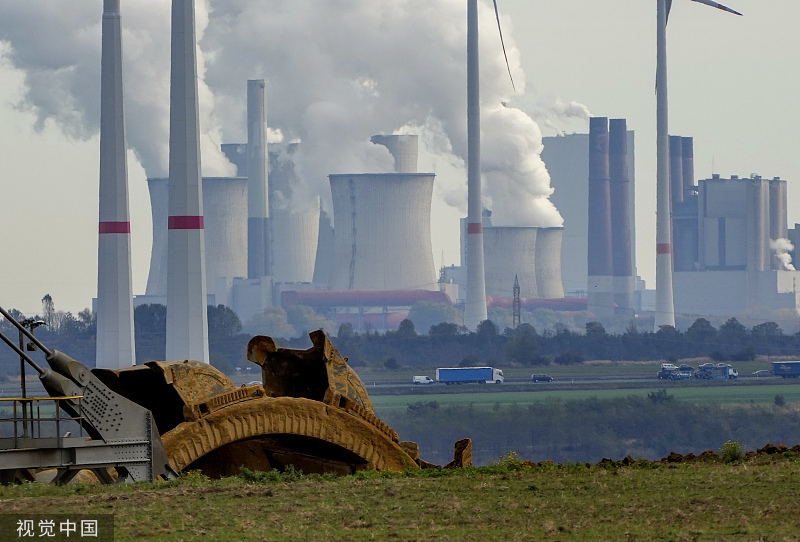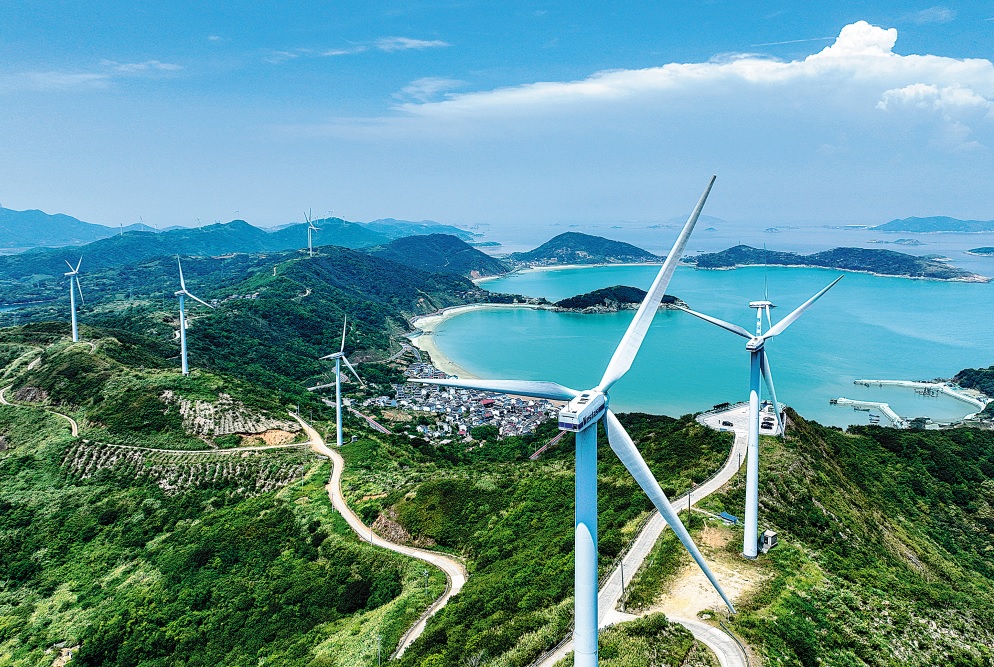Limits to Growth author: China a leader in climate change response
Now half a century has passed and human progress has increased the pressure on global boundaries, even beginning to exceed some of them - particularly in the climate area. Global warming and associated climate change and extreme weather are emerging as the main threat to human well-being for the rest of this century.
In an exclusive interview with China Daily, Jorgen Randers, co-author of The Limits to Growth, shared his thoughts on the future of humanity and China's role in the global response to climate change.
In the view of Randers, "the politics of the 21st century will be dominated by physical boundaries, especially in the climate area."
The following is the full content of the interview, which was edited for clarity and brevity.

China Daily: In that report (The Limits to Growth), there were several types of collapses prophesied, one of which was environmental collapse. And well, here we are, 50 years later and we're on the verge or are already in the process of seeing this happen.
So besides being vindicated in that way, which is not a pleasant thing, if you would talk about where we appear to be going, what action has been taken, and what action needs to be taken.
Randers: The Limits to Growth warned about overshoot and collapse in the 21st century caused by environmental constraints, basically because the world had limited resources, or limited pollution absorption potential or limited land area.
So now we are 50 years later, and it is easy to see the world has overshot, that we have expanded the population and climate emissions, and to some extent the resource or the use of land, at least the use of forests beyond what is sustainable in the long run.
But we have not yet seen collapse. If there have been collapses, they have typically been very local and not necessarily caused by environmental reasons, more by bad government or mismanagement.
In general, the main overshoot is in the climate area. Humanity is emitting currently twice as much CO2 and all the other greenhouse gases every year as is being absorbed in the oceans and the biomass of the world.
And this remaining half remains in the atmosphere and increases the concentration of CO2 in the atmosphere year by year. And as concentration of greenhouse gases gets higher, the temperature gets higher.
And this is going to continue until not only do we stop emitting CO2, we actually have to suck the CO2 out of the atmosphere in order to draw the temperature back down to pre-industrial levels.
In my mind, what is going to happen over the next 50 years is we will continue the global attempt at reducing greenhouse gasses, but we will do it as slowly and as indecisively as we have done over the last 40 years. And as a consequence, it's getting to be warmer and warmer and more and more unpleasant for people throughout the world.
The big question then is: "Will there be collapse?" We have just finished a big study called Earth for All. And the conclusion that comes out is we do not foresee any big collapse in the climate area or in the resources area there within the next 50 years or so.
But I do think we will experience a number of more local social collapses where people get so frustrated they stop supporting the strong governmental action that is needed in order to solve the problem, thereby making the problem even more serious, then making people even more depressed, and so you get a vicious downward spiral.
This I don't think will be global. In our new study, we indicate the problem can be solved, and you need extraordinary actions to solve the problem. And we're pointing to the fact these things cost a little more than doing nothing. And consequently it's not very easy to get democratic societies to agree on this front in order to make a better life for people 30 to 60 years in the future.
And the climate problem still can be solved, but it will require strong, active governmental action. This is not going to be solved by the market or by voluntary action by individuals. And we think it's very difficult to gather the political support necessary in order to get a strong action going.

China Daily: So it's obviously not a rosy picture, but it's better to be truthful than to be falsely optimistic. And so bringing it to China's climate action, what are your thoughts on China's actions? Do they represent the kind of vast whole-of-society effort that's necessary to make these changes in time to prevent the worst catastrophes?
Randers: Concerning China as a role model, I have already for a decade pushed the view that China is probably going to save the world. It's China that is actually going to lead the way. And the current ambitions of China, if followed by the whole world, are enough to basically solve the problem.
If the whole world peaks its CO2 emissions within the next decade and then draws it down to zero at around 2050 or 2060, in our model system this is enough to keep the temperature rise below 1.5 C .
It isn't the whole rest of the world that needs to follow China to solve the problem. It would be enough if the three greatest emitters of greenhouse gases in the world, namely the United States, the European Union and China, got together and followed the policies of China, that's essentially enough to solve the problem.
So one could leave the other 180 or 170 nations, the world's mostly poor nations, to pursue their main job, which is to remove global poverty.


